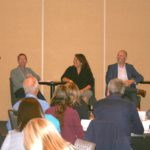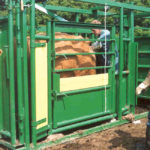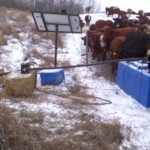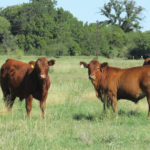
Features

Take-aways from the 2018 beef summit, Part 1
This is the first of a two-part series highlighting “take-aways” from the 2018 Beef Summit in Calgary that combined the International Symposium on Beef Cattle Welfare and the UCVM Beef Cattle Conference

Alberta feedlot harnesses the power of sun
Solar panels supply some power on this feedlot, but they probably wouldn’t be here without government funding

Better communication needed to sell consumers on sustainably raised beef
Misconceptions and false information about the beef industry further complicates what consumers know about beef production

Electrified irrigation wheel line offers several benefits
“The electrified wheel line has been a big asset to make our haylands last longer...”

Strategies for year-round grazing
With careful forage management, cattle can harvest their own feed year-round

Protein kick needed for mature, dry forages
Nutrition: Supplementation will be important this year in many parts of the Prairies

Does preg-checking cows pay?
Perfection is not possible in the cattle business, but excellence can be achieved

Winter water systems for cattle

Low-stress weaning for calves
A less stressful weaning process makes for healthier calves




